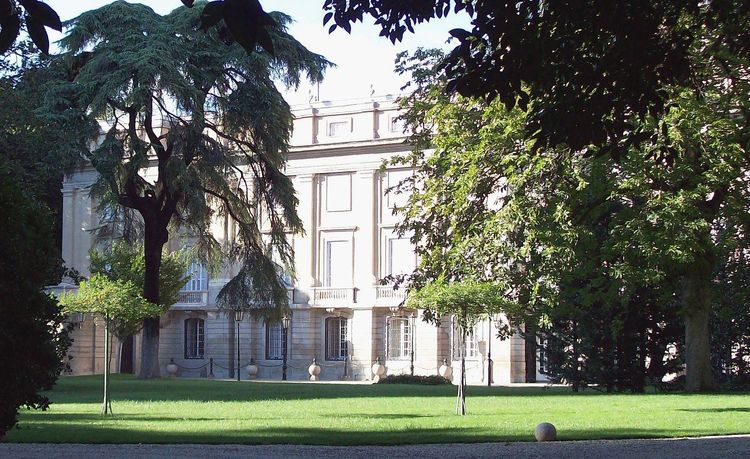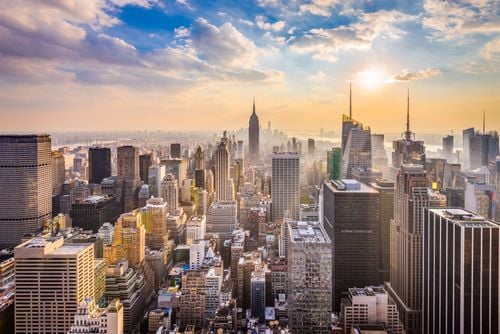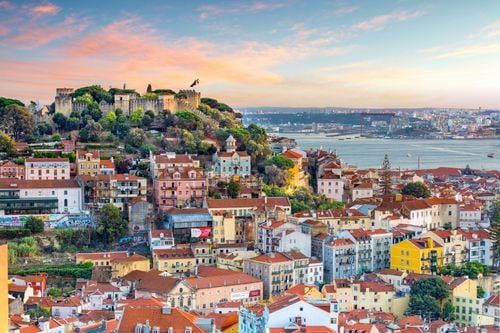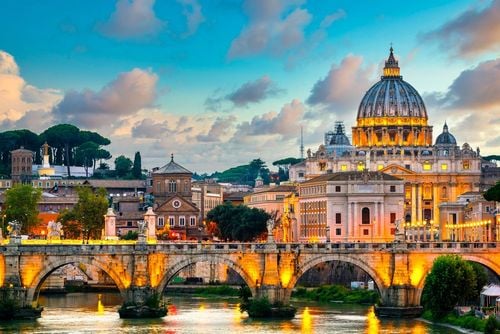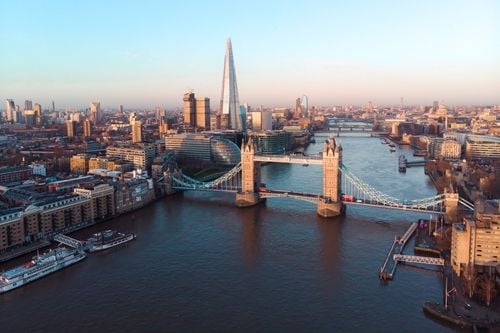In Calle Princesa -to add to the pomp- occupying numbers 20 to 22, in the heart of Madrid, the neoclassical Lira palace has stood since the 18th century in the neoclassical style. Amidst trees and impeccable French gardens, this residence is the favourite residence of the House of Alba, built by Ventura Rodrígiuez on the plans of Louis Gilbert. Its 200 rooms in more than three thousand square metres make it the largest private property in the city and its walls and corners house one of the most important, largest and most respected art collections in Spain, cultivated for fifteen centuries by the nobles of this family.
Since September 2019 the first two floors of this palace - the third floor is still home to Duke Carlos Fitz-James Stuart y Martínez de Irujo- have been open to the public, in a museum in which not only Velazquez, Goyas and Rubens can be seen hanging on walls with wallpaper and surrounded by armchairs and clocks that have passed from generation to generation, in the home of one of the most important noble families in the country -and in Europe.
